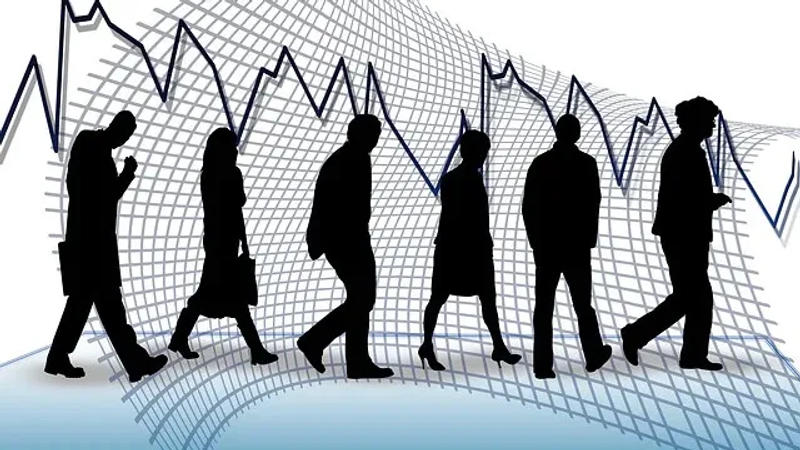Published 05:50 IST, August 30th 2024
US economy displays resilience with low layoffs
Initial jobless claims fell by 2,000 to 231,000 for the week ending August 24, slightly below the forecast of 232,000.

US Jobless claims dip: The number of Americans filing new jobless claims declined last week. However, limited re-employment opportunities for those laid off suggest that the unemployment rate likely remained high in August.
Despite this, the labor market’s deceleration is orderly, keeping economic growth steady. The economy's second-quarter growth was stronger than initially reported, fueled by robust consumer spending. Corporate profits also rebounded, easing recession concerns.
Fed cuts expected soon
The Federal Reserve is expected to begin rate cuts next month, though a significant 50-basis-point reduction seems unlikely. “The economy’s soft landing narrative remains intact,” said Christopher Rupkey, chief economist at FWDBONDS. “With corporate profits recovering, companies are less likely to implement severe cost cuts.”
Initial jobless claims fell by 2,000 to 231,000 for the week ending August 24, slightly below the forecast of 232,000. Claims have decreased from an 11-month high in late July as disruptions from motor vehicle plant shutdowns and Hurricane Beryl’s impact faded.
Revisions by the Labour Department suggested an overstatement of employment growth by 68,000 jobs per month. Economists question these revisions, which might not fully capture job growth among undocumented workers.
The Federal Reserve is anticipated to start its rate-cutting cycle next month with a 25-basis-point reduction, with a 50-basis-point cut also possible. The Fed's policy rate has been steady at 5.25 per cent-5.50 per cent for over a year after significant hikes in 2022 and 2023.
Stocks on Wall Street rose, the dollar strengthened, and US Treasury prices fell.
Consumer spending remains strong
The number of people receiving unemployment benefits after the initial week rose by 13,000 to 1.868 million for the week ending August 17. This increase indicates longer periods of unemployment, potentially affecting August’s jobless rate, expected to be around 4.3 per cent or slightly lower at 4.2 per cent.
Second-quarter GDP growth was revised up to a 3.0 per cent annualised rate from 2.8 per cent, driven by consumer spending, which grew at a revised 2.9 per cent rate. This growth was supported by wage increases, despite downgrades in business investment and exports.
Inflation remained moderate, enhancing consumer purchasing power. Disposable income rose at a steady 1.0 per cent rate. The saving rate decreased to 3.3 per cent from 3.5 per cent, as households used savings to maintain spending.
Corporate profits hit record
Corporate profits surged to a record $57.6 billion, reversing a previous decline, with profit margins rising to 15.4 per cent. This rebound is expected to support business investment despite potential cost increases.
Economic growth, measured as the average of GDP and gross domestic income (GDI), increased at a 2.1 per cent rate in the second quarter. Although the goods trade deficit widened by 6.3 per cent to $102.7 billion in July, the impact on GDP might be mitigated by rising inventories as importers anticipate future tariff hikes.
“Growth may slow in the short term, but a recession remains unlikely,” said Gus Faucher, chief economist at PNC Financial.
Updated 05:50 IST, August 30th 2024